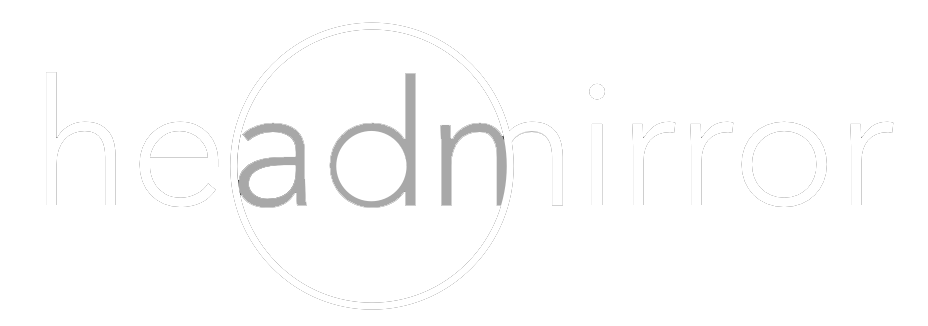ACUTE OTITIS MEDIA (UNCOMPLICATED)
Overview
Patients have rapid onset of symptoms (otalgia, irritability, and fever) and signs of inflammation (bulging, erythematous TM or perforation with otorrhea). Pneumatic otoscopy is gold standard for diagnosis. Otorrhea can last 1 to 2 days. May have TM perforation which usually causes some relief of pain and fever. Be careful in immunocompromised patients because they may not have typical signs/symptoms. The simultaneous appearance of systemic sepsis and a serous middle ear effusion might be the only indicators of AOM. Differential: otitis media with effusion (do not have above signs and symptoms), bullous myringitis (occurs 10-14 days after a viral infection, severe otalgia), otitis externa, TMJ pain, acute viral pharyngitis, dental pain, ear trauma.
Treatment
Non-severe: Amoxicillin 90mg/kg per day divided into 2 doses x 5-7 days (olderthan 6 yrs) or 10 days (younger than 6 yrs or severecase).
Severe:Augmentin (amox component 90mg/kg per day divided into 2 doses) x 10days. Treatment failure = persistence/recurrence of sx 48 to 72 hours after initiatingtreatment. Change to a broader-spectrum abx (augmentin if amox failed).
Ceftriaxone for 3 days if augmentin failed). Consider tympanocentesis for culture directed therapy if child doesn’t respond to any abx, is immunocompromised or is a neonate.
ACUTE OTITIS MEDIA (COMPLICATED)
You’ll sometimes get called before the CT – these patients often have OE with periauricular cellulitis; if the middle ear is aerated, they don’t need a scan. You’ll usually get called after the CT – these patients usually have mastoid opacification with preservation of bony septa but not the clinical diagnosis of mastoiditis. They’re actually presenting with garden variety AOM and probably don’t even need admission. Remember every OM produces some degree of mastoid opacification because the middle ear and mastoid mucosa are contiguous via the antrum. If you’re suspicious, then get T-bone CT without contrast followed by head CT with contrast. If positive for any of the following, need admission, PE tube, IV antibiotics, and ototopicals at least.
Extracranial
Acute mastoiditis – a CLINICAL diagnosis that requires erythema, swelling, and tenderness over the mastoid (so percuss on exam). Can onset over days. Still needs a CT to assess bonyseptations.
Acute coalescent mastoiditis - usually preceded by weeks of OM. CT demonstrates destruction of bony septa. Mastoidectomy (preferred) vs. 3-6 weeks IV abxw/repeat CT.
Masked mastoiditis – diagnosed when mastoid symptoms persist despite weeks of antibiotics and normal TM but CT shows persistent mastoid disease. Mastoidectomy.
Abscess (postauricular, zygomatic root, Bezold’s [deep to SCM]) –suspected clinically with mastoiditis symptoms and fluctuance. I&D,mastoidectomy.
Labyrinthine fistula – tested w/pneumatoscopy (positive pressure contralateral conjugate deviation). Almost always associated w/cholesteatoma and usually over lateral SSC. Mastoidectomy; CWD if matrix is left overlying vs. CWU if matrixcan be removed and the fistula covered with bone ortissue.
Petrous apicitis – Gradenigo’s syndrome: suppurative OM, abducens palsy(Dorello’s canal), deep facial/retrobulbar pain (Gasserian ganglion). Not all petrous apices are aerated, so CT w/opacification isn’t conclusive. MRI will differentiate: pus/mucus/cholesteatoma T1 hypointense, marrow T1 hyperintense, cholesterol granuloma T1/T2 hyperintense. Start w/mastoidectomy and trial of abx; if fails, then petrous apex surgery.
Suppurative labyrinthitis – seen in congenital oval window dehiscence (mondini, enlarged vestibular aqueduct), post-stapedectomy and labyrinthine fistula. Clinical dx when rapid progression from tinnitus vertigo/vomiting/irritative nystagmus (fast phase contralateral). Acute sx resolve within 3d, balance compensation within 3 weeks. Patients universally deaf afterwards. Antibiotics/PE tube to prevent meningitis, not to salvage hearing. Vestibular suppressants (valium, compazine, dramamine). Mastoidectomy only if otherindications.
Facial paralysis – generally 2 scenarios. Young child w/AOM and congenital dehiscence; treated w/PE tube and abx; good prognosis. Older patient w/cholesteatoma; treated w/mastoidectomy +/- decompression; worse prognosis.
Intracranial
All need neurosurgery or neurology consult. Contrast MR (and possibly MRV) for any clinical suspicion.
Meningitis – meningeal symptoms (usually without focal deficits; check nuchal rigidity, Kernig/Brudzinski), CT before LP, systemic steroids. Convalescent serial audios and MRIs (every 4 months) for labyrinthitisossificans.
Subdural abscess – meningeal symptoms with focal deficits; contrast MRI to differentiate from reactive subdural effusion.
Lateral sinus thrombosis – Temporoparietal HA. Carries possibility of venous infarction (vein of Labbe). Coalescence requires mastoidectomy, needle aspirationof sigmoid sinus determines need for incision/drainage of abscess. Anticoagulant use controversial.
Epidural abscess – Temporoparietal HA +/- mental status changes. Contrast MRIto determine extent. Drained transmastoid vs. craniotomy vs. burrhole.
Brain abscess – Temporoparietal HA, +/- mental status changes, foul otorrhea.Look for history of cholesteatoma. Drained transmastoid vs. craniotomy vs.CT-guided.
Otitic hydrocephalus – sx of increased ICP (nausea/vomiting/diplopia withipsilateral abducens palsy). Can be delayed weeks beyond resolution of OM. LP with lumbar drain in OR (extremely high pressures increase odds of herniation), diuretics (mannitol, acetazolamide) to lower ICP, andmastoidectomy.

